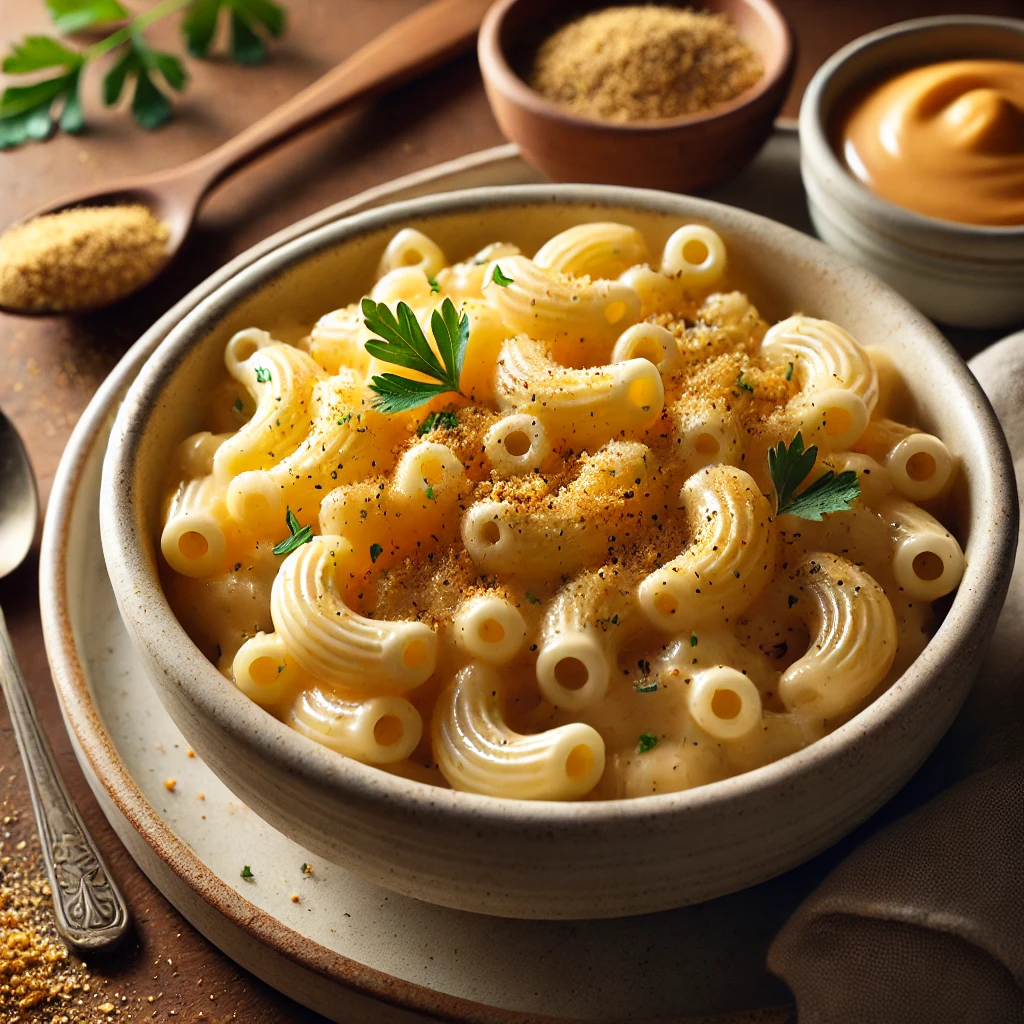Making Sauerkraut
Making Sauerkraut
Notes / Tips / Wine Advice:
The Amish worked out their vegetable supply to last the year around, as did many other early settlers in the days before canning was perfected and freezing was possible. Cabbages, heads of cauliflower, carrots, and beets could be buried underground for the winter and kept from freezing by insulating the hole with leaves and straw, then covering it with layers of boards and dirt. The root cellar of the farmhouse held the potatoes, onions, and apples.
Sauerkraut developed as a way to preserve cabbage. It was a dish the German settlers learned in Europe, but it was compatible with the seasonal cycle of the New World also. Once seen as a peasant dish eaten only by “backward” farmers, sauerkraut, by the beginning of the 20th century, was enjoyed throughout the country and by all strata of society.
Although a common Amish dish, sauerkraut was not made by all Amish families, nor eaten by all. The old method of shredding it into a large crock, salting each layer, stomping it down firmly to break the strong fibers and release the natural juices, then weighting the top of the full crock heavily so the fermentation could preserve it for the winter is now a memory of the older members of the community. Today few cooks use only that method. Some may follow the process to a point, but as a final step, can the sauerkraut. A woman in her mid-50s explains, “We let the cabbage ferment in the crock for about ten days, depending on how warm the weather is. Then we cold-pack it in jars. That way we don’t have a lot of spoilage as we used to, and we don’t have to use it as fast.” (The cabbage at the top of the crock blackened on contact with the air. The cook needed to lift that off and use the sauerkraut before the spoilage spread into the depths of the crock.)
Shred cabbage into narrow strips, about ⅛” wide. Add 3 Tbsp. salt to about 5 pounds of cabbage. Mix well. Pack tightly into clean quart jars. Fill with boiling water (to within ½-inch of the top of each jar). Turn lids on loosely and let jar stand in a dishpan for about 10 days (the fermentation process causes the juice to expand and run over the edges of the jars). Turn the lids on tightly and store. The sauerkraut is ready to use immediately.
Variation: After filling the jars with boiling water, seal them tightly immediately. Set in dish pan because the fermenting will cause the juice to expand and squeeze out of the jars. Let set for 4 to 6 weeks before using.
When ready to use, pour into pan and heat or pile around pork roast or spareribs and bake.
Sauerkraut developed as a way to preserve cabbage. It was a dish the German settlers learned in Europe, but it was compatible with the seasonal cycle of the New World also. Once seen as a peasant dish eaten only by “backward” farmers, sauerkraut, by the beginning of the 20th century, was enjoyed throughout the country and by all strata of society.
Although a common Amish dish, sauerkraut was not made by all Amish families, nor eaten by all. The old method of shredding it into a large crock, salting each layer, stomping it down firmly to break the strong fibers and release the natural juices, then weighting the top of the full crock heavily so the fermentation could preserve it for the winter is now a memory of the older members of the community. Today few cooks use only that method. Some may follow the process to a point, but as a final step, can the sauerkraut. A woman in her mid-50s explains, “We let the cabbage ferment in the crock for about ten days, depending on how warm the weather is. Then we cold-pack it in jars. That way we don’t have a lot of spoilage as we used to, and we don’t have to use it as fast.” (The cabbage at the top of the crock blackened on contact with the air. The cook needed to lift that off and use the sauerkraut before the spoilage spread into the depths of the crock.)
Shred cabbage into narrow strips, about ⅛” wide. Add 3 Tbsp. salt to about 5 pounds of cabbage. Mix well. Pack tightly into clean quart jars. Fill with boiling water (to within ½-inch of the top of each jar). Turn lids on loosely and let jar stand in a dishpan for about 10 days (the fermentation process causes the juice to expand and run over the edges of the jars). Turn the lids on tightly and store. The sauerkraut is ready to use immediately.
Variation: After filling the jars with boiling water, seal them tightly immediately. Set in dish pan because the fermenting will cause the juice to expand and squeeze out of the jars. Let set for 4 to 6 weeks before using.
When ready to use, pour into pan and heat or pile around pork roast or spareribs and bake.




